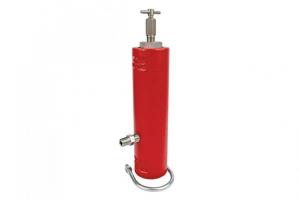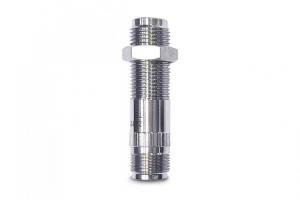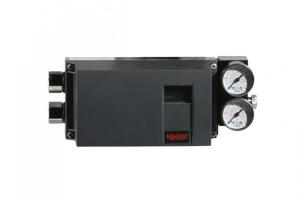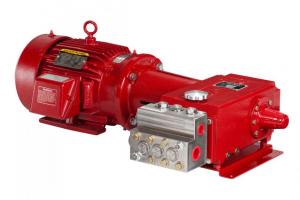What is a Pressure Reducing Regulator?
Oil and gas producers use a Pressure Reducing Regulator to maintain a downstream pressure set point. The pilot and the valve come together as one piece, making it a regulator, or “pilot-integrated valve.”
Some may also refer to this regulator as a “pressure control valve” or a “pressure reducer valve.” Unfortunately, some also confuse the Pressure Reducing Regulator with a Back Pressure Regulator.
Applications
Producers commonly use a Pressure Reducing Regulator (PR Regulator) as a suction controller on gas compressors.
Producers also use PR Regulators for re-circulation on gas compressors (“recirc valve”) and to supply fuel gas.
How Does a Pressure Reducing Regulator Work?
The regulator monitors downstream pressure. To adjust the set point, simply turn the adjustment bolt on top. This will either compress the spring or release spring tension.
When compressed, the spring pushes down on the sensing diaphragm assembly, positioning the pilot plug. The pilot plug allows upstream gas to flow under the motor valve diaphragm. The pressure is controlled under this diaphragm to position the plunger to any changes in flowing conditions.
If the pressure exceeds your set point, the upstream pressure pushes up on the sensing diaphragm assembly, which closes off the pilot plug. Gas then vents from underneath the motor valve diaphragm and regulates your downstream pressure.
Because the diaphragm has a larger surface area than the plunger, the same pressure can hold a closed position.
What if I’m Operating in Higher Pressures?
If your working pressure is higher than 300 PSI, you will want to use our High Pressure Control Valve to build a Pressure Reducing Regulator package.
Here’s our video on how to do that:
To speak with an expert about the Pressure Reducing Regulator or any other Kimray product, reach out to your local Kimray Sales and Service Store or authorized distributors.




























